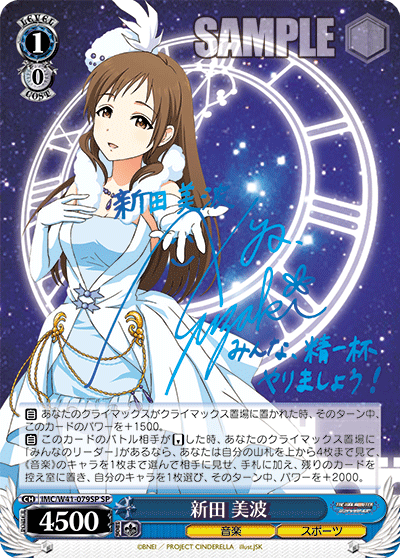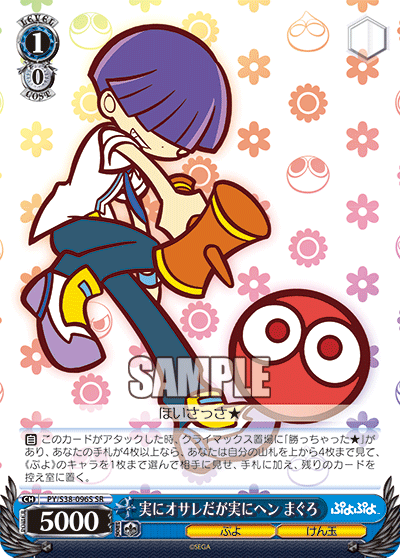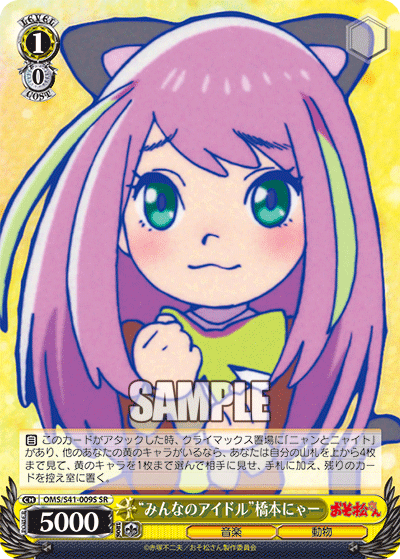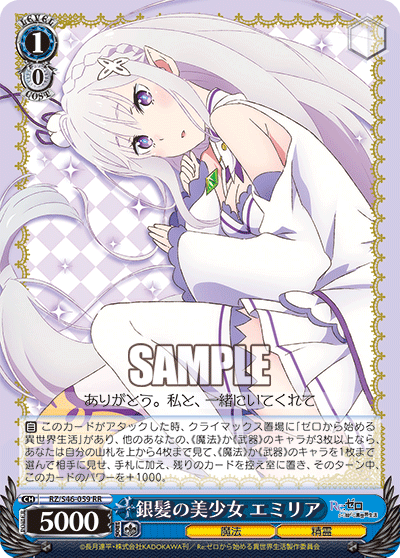The Minami profile tends to refer to a reverse combo where the end result is hand advantage through checking the top four cards of your deck and adding an associated trait or card type listed on the card itself. The Maguro profile is essentially the same profile as Minami, just that it does not require reverse.



LL/WE24-35RR “僕たちはひとつの光”西木野 真姫 (center)
KR/SE30-01RR “穏やかな昼餐”桜 (right)
The original Minami came out in 2015. Minami is a reverse combo that lets you check the top four cards of your deck and add a Music (音楽) trait character to your hand. She also let you add an additional 2000 power to another card for the turn to help with subsequent reverses.
Overall, the Minami effect is an efficient combo that adds hand while helping to mill the deck and place other cards into the waiting room. Future clones of this combo maintain the relative same effects as they also check the top four cards of your deck and add the associated trait or card listed on the card. Additional power from the “Minami” combo may differ as well.



OMS/S41-009SR “みんなのアイドル”橋本にゃー (center)
RZ/S46-059RR 銀髪の美少女 エミリア (right)
The profile for the Maguro is the card shown on the left. Maguro is similar to Minami, where the combo effect lets you check the top four cards of your deck and add the associated trait or requirement listed on the card. However, no reverse is necessary. There may be other associated requirements for the Maguro effect to function.
The original Maguro came out in 2016 in the Puyo Puyo set. The original Maguro does require you to have four or more cards in hand for his effect to proc. Overall, changes to the Maguro combo have not really moved much. Newer Maguro profiles indefinitely have much easier conditions to meet for their conditions. Interestingly enough, the power has mainly stayed at 5000.
In the current game of Weiss, given the power levels of other cards, Minami may be a little difficult to get off. However, Maguro’s ability to gain hand regardless of the field state remains a general solid choice as of the current writing.